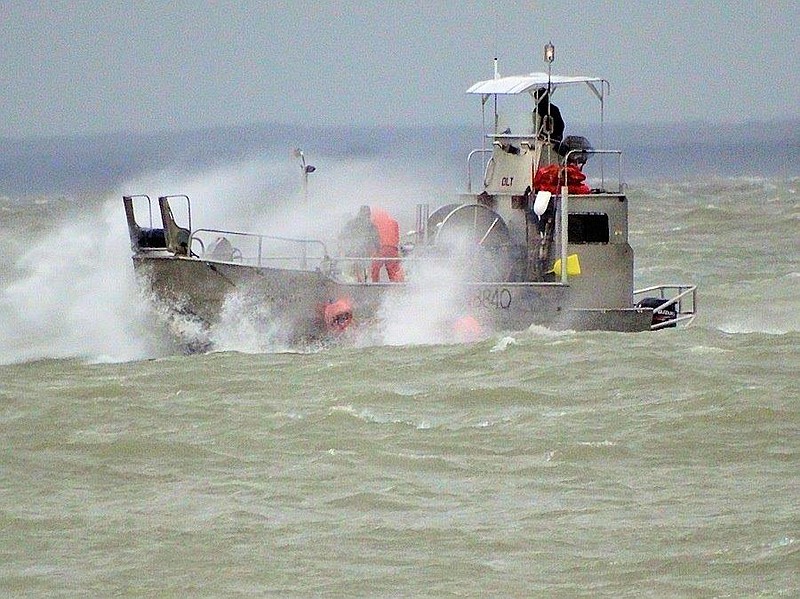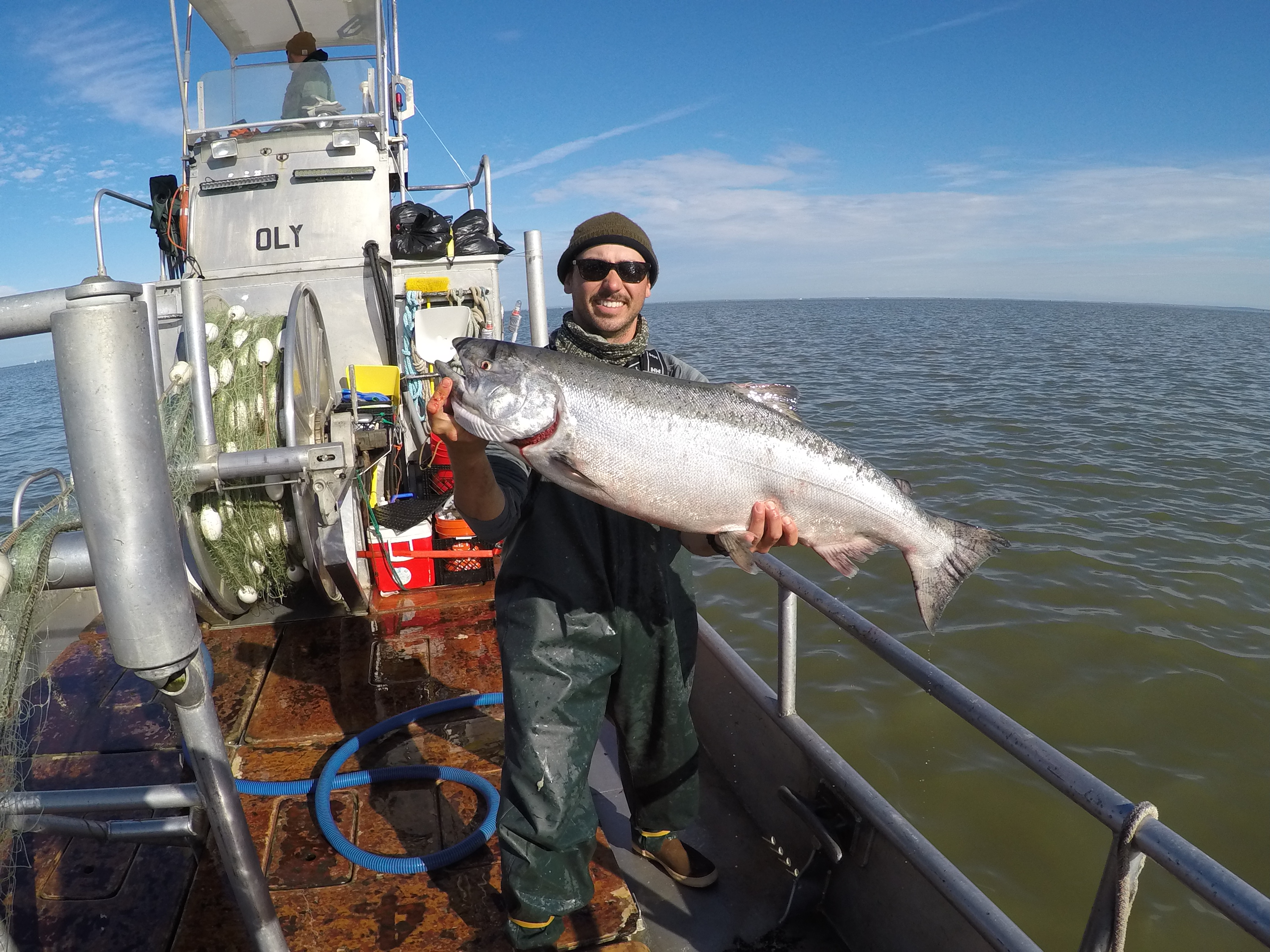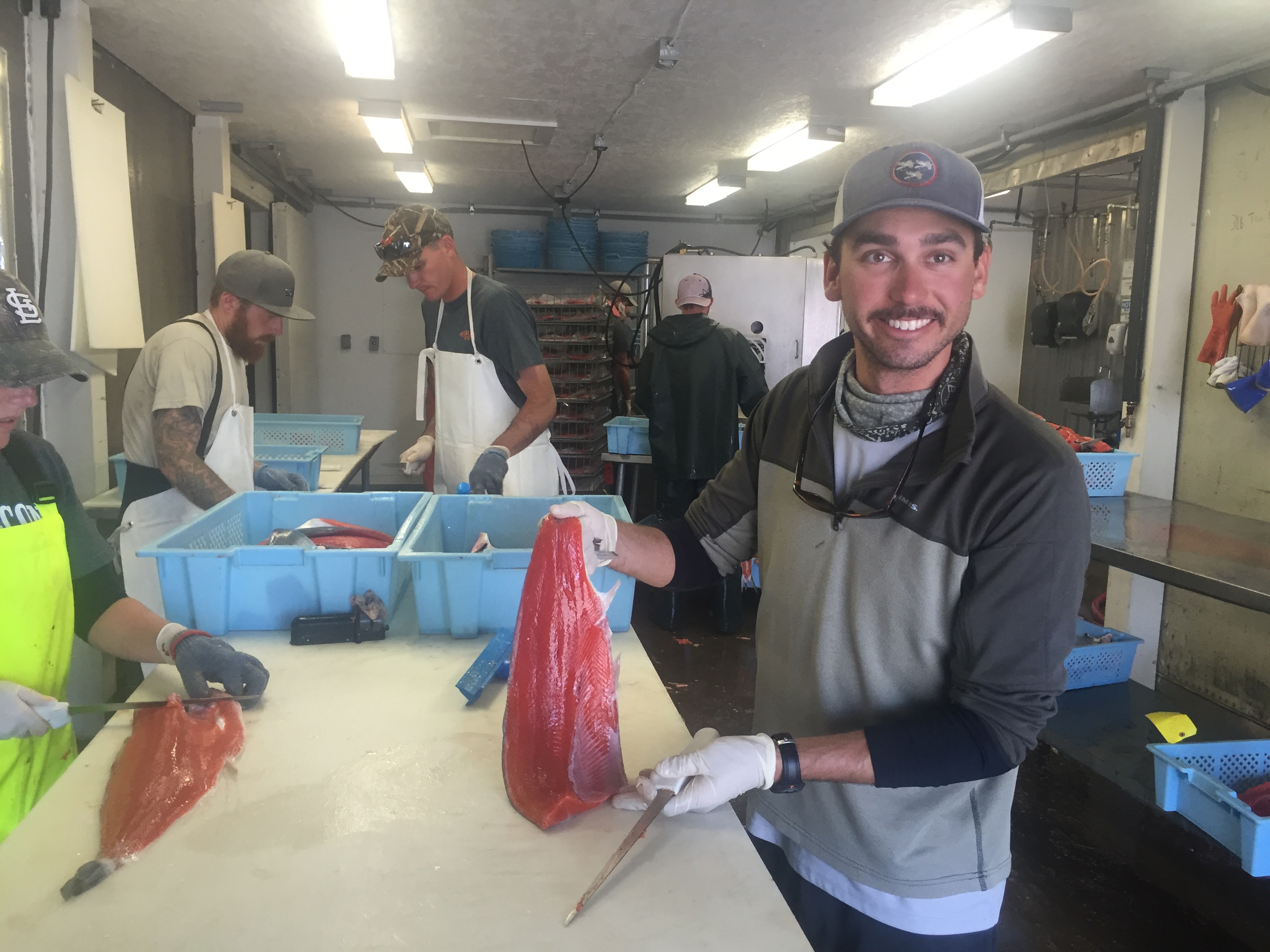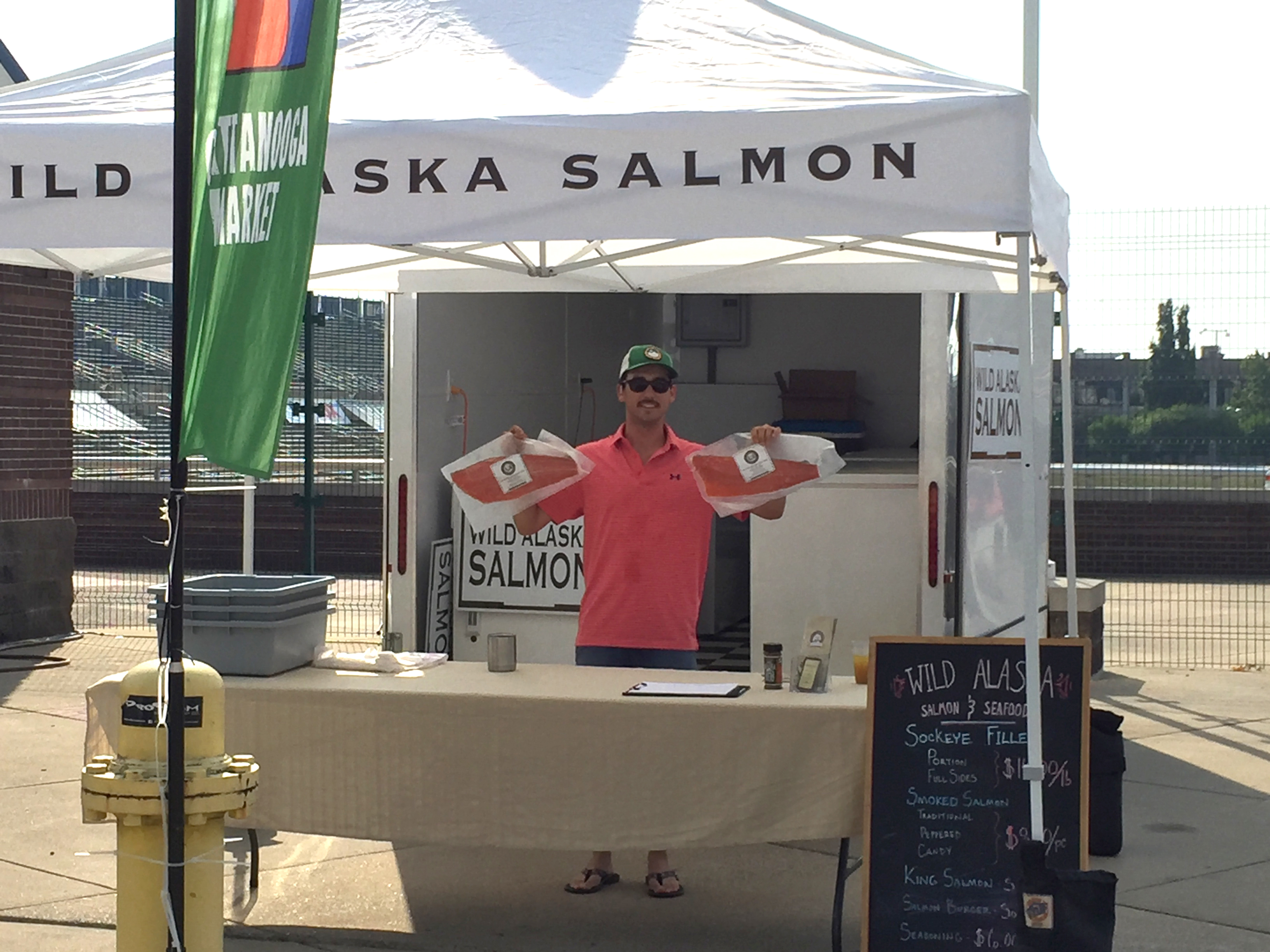Think about the most prosperous day of fishing you've ever had. Thomas Persinger, a native of Lookout Mountain, probably has you beat.
Don't feel bad, though. Persinger works with Wild Alaska Salmon and Seafood, an independent commercial fishing company station out of Bristol Bay on the Bering Sea. For Persinger, a good day can mean more than 5,000 Alaskan salmon being hauled aboard the 32-foot vessel he works on three months out of the year.
"It's a whole other ballgame," Persinger says. "Just seeing the hundreds of fish being brought up in that net - there's definitely a satisfaction there."
It's not as easy as dropping a net into the frigid waters and bringing up tens of thousands of dollars worth of salmon, though. It requires the same skills of an expert fisherman - skills Persinger picked up during his six-year career as an Alaskan fishing guide.
Just as with recreational fishing, Persinger says the deckhands and the captain have to be in tune with where the fish are going and when they'll be there. The 900-foot net used to catch the salmon takes time to drop entirely into the water, and even longer to haul back in, so dropping it in the right spot is key. To do so is a matter of expertise and judgment based on the time of day and how strong the tide and wind is, among other factors.
The most important thing for the outfit Persinger works for is ensuring the quality of the salmon they catch. To do so, all fish brought on board are immediately dropped into a saltwater ice brine to preserve the integrity of the meat. In this way, they can drop the fish below a freezing temperature without actually freezing them.
The same trick can be used by recreational fishermen hoping to cook up their catch.
"Whole, freshwater fish are fine to put into a saltwater brine. The quality of the fish can degrade pretty quickly," Persinger says. "The key is to get them below freezing until you can get it processed."
A high-quality cooler filled with salted ice water will do the trick, he says, but having that won't matter if you spend precious time posing for pictures with your catch first.
Many fishermen may long to be able to fish for a living, but it's not all rainbows and sunshine, Persinger says. The hours are no joke. Based on the spawn rate of the salmon, the state limits how long commercial vessels can fish each day, which can range from a typical 8-hour work period up to grueling 16-hour hauls. However many fish they're allowed to take in, they will work to get, barring injury or exhaustion.
"Since we only run from June to August, we have to catch a year's worth of salmon in that three-month window," he explains. "We have a lot of customers throughout the country that rely on us to provide them with fish."
That, coupled with the dangers of the choppy Alaskan sea in freezing weather, makes it a hectic few months. Still, Persinger finds joy in it all.
"Half the fun is the adventure of it all," he says. "You're out in the middle of the ocean, bobbing with the waves. You're building camaraderie with the captain and other deckhands. It's wild."
A Matter of Freshness
In 2013, Thomas Persinger took a break from Alaskan fishing to move back to Chattanooga and start Harvested Here Food Hub, an organization that connects local farms to the Chattanooga community. Knowing where the food on his plate came from has always been important to Persinger, and contributed to his decision to join Wild Alaska.“Out of the 1,850 commercial fishing licenses in Bristol Bay, we’re the only one that’s completely independent,” he says. “We catch and process all our fish ourselves and sell direct to farmers markets, restaurants and independent grocery stores.”The farm-to-table movement in Chattanooga has blossomed over the last several years, but one place it’s lacking, Persinger says, is in seafood. Corporate commercial fishing enterprises don’t take the time to ensure and preserve the quality of the salmon, he says, at least not like Wild Alaska does.The boat Persinger works on catches roughly the same number of fish in a season as any other boat, but by processing the fish themselves, they have total quality control.Wild Alaska’s salmon can be bought locally at the Chattanooga Market and the Main Street Farmers Market, as well as at Pruett’s on Signal Mountain and the Market on the Mountain on Lookout Mountain.Here are a few tips to ensuring the fish you buy is quality:No color added: Salmon’s naturally pink color comes from their diet. Farmed salmon lack the colorization. Therefore, farmed salmon has added dye to the fillets to make them appealingly pink. Check for a “color added” tag, which will indicate if the fillets were farmed, not caught wild.Not faded: One of the first things to go when a fish starts to degrade is that pink color, Persinger says. Vibrant pink means the fish spent little time dead and warm, while a faded color implies it wasn’t handled in a swift or timely fashion after being caught.Is uniform: Fish that have been battered or manhandled before being processed will have fillets which Persinger describes as “torn apart.” That stress affects the texture and flavor of the meat, so avoid fillets that don’t have uniform integrity.



